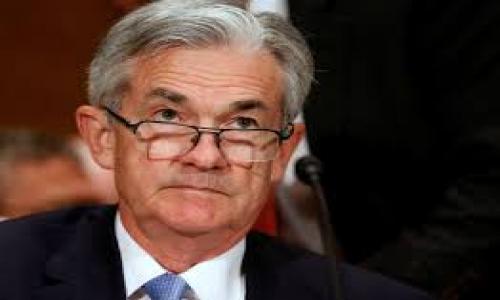The Federal Reserve, acting today in its final 2018 meeting, voted to raise the Fed Funds rate by 25 basis points. The Fed funds target rate is now 2.25% to 2.50%.
This hike represents the fourth hike of 2018, and since Jerome Powell became Chairman of the Federal Reserve. (In December 2017, the Fed Funds rate was raised to 1.25% to 1.50% in Janet Yellin’s final meeting as Fed Reserve Chair.)
We continue to slowly see a normalization of interest rates in an effort to curb liquidity as the economy has moved over the last nine years from a dramatic recession to fast expansion. The Fed’s continued hawkish actions are not appreciated by all, but they make sense. While the stock market has come down dramatically over the last few weeks, easy money is no longer required to extend the US expansion. Normalization is necessary to fight incipient inflation, to avoid a Japan scenario where interest rates get stuck at or near zero for generations, and to provide the Fed with the ability to lower rates later when and if necessary to counter a shock to the economic system.
The pace of future rate hikes is likely to be dramatically slower. Today's Federal Reserve consensus forecast guided to two more quarter-point hikes in 2019, and one hike in 2020. The long-term neutral target rate has been reduced from 3.00% to 2.80% (although a 2020 hike will bring the Fed a quarter point above neutral).
We think it is possible that the Fed could be forced by outside pressures to become more dovish more quickly. Chairman Powell indicated in November that he could pair back rate increases when he tried to appease Trump by saying that the Federal Reserve was already just below neutral. It is now also possible that a tremendously unstable President may try to remove Jay Powell and replace him with a more dovish Chairman.
So How Do you Play this Latest Fed Funds Move?
First, online savings rates are higher now than they were at the beginning of 2018. As a result, there is today much more of an incentive to get your cash out of banks paying virtually nothing than there was at the beginning of the year. If you still have cash in savings or money market accounts that is earning close to zero, this is a good time to move your assets to either an online bank on a local bank or credit union near you with a competitive interest rate.
Since the number of further rate increases and their pace is not particularly certain, one-year CDs are more compelling versus savings than they have been in a long time. At the beginning of 2018, the average premium in one-year CDs was about 45 basis points over savings, and that premium recently widened to 77 basis points (see the third graph in our rate analysis).
Rates are rising on longer term CDs but we see very little premium in the average 5-year CD rate over the average 1-year CD rate (see the third graph in our rate analysis). Therefore, we would strongly recommend CD purchasers lock into only a one-year CD and taking another look at longer-term CDs when it comes due in December 2019.
Finally, when the Federal Reserve raises the Fed funds rate, as it did today, you also often see an immediate move in the prime lending rate offered by most major banks. We expect that most banks will immediately raise their prime lending rate by 25 basis points which will have an equally immediate flow-through to credit card rates and auto loan rates. If you have been considering locking into a home equity loan or a new fixed rate mortgage, you have probably missed the ideal time, but you may want to consider doing so before rates go higher.














Add your Comment
use your Google account
or use your BestCashCow account